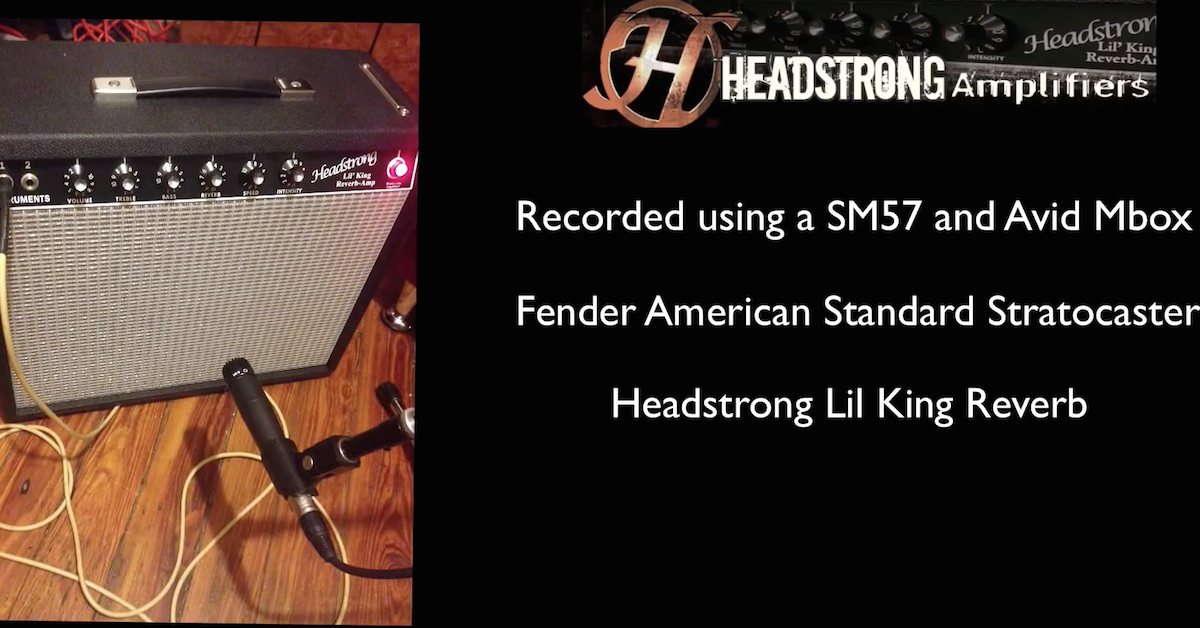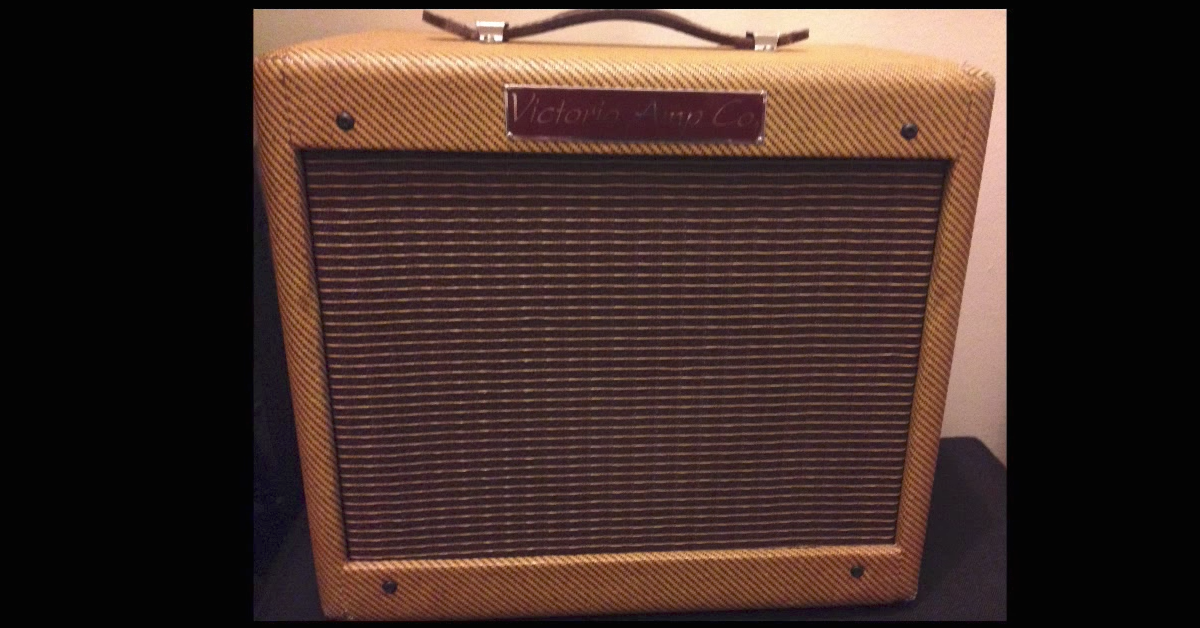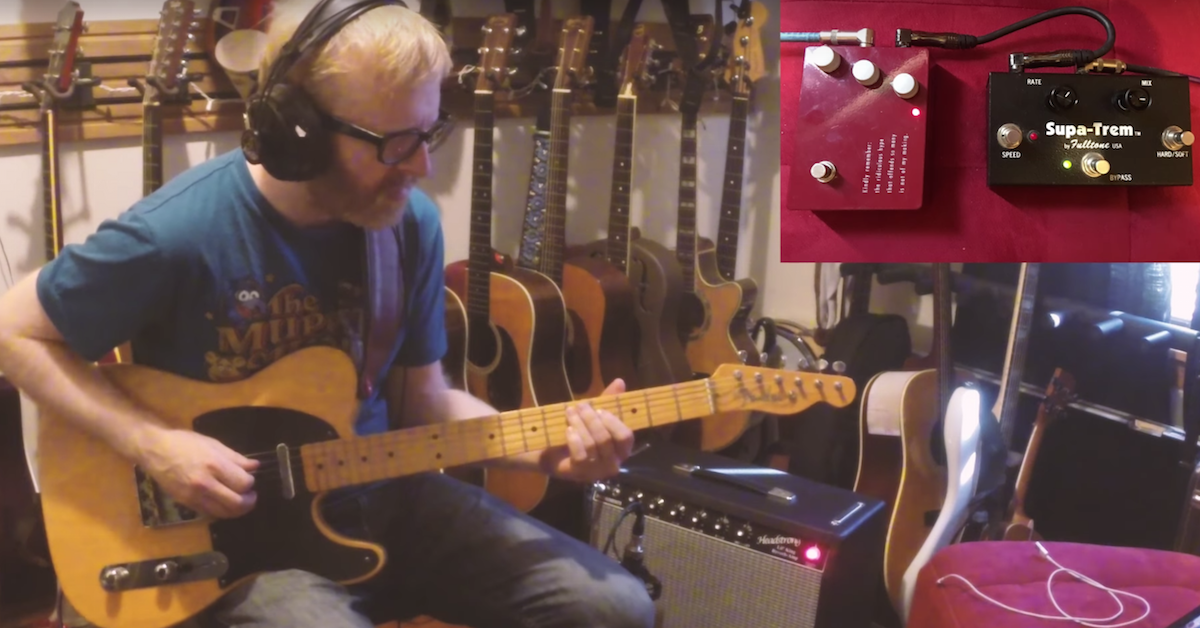A Brief Guide to Guitar Amps in the Studio
Article Content
You’ve set up a nice studio for yourself. You’ve bought a lot of great mics, acoustically treated your room, invested in some preamps and you’re ready to go.
You may have not thought about guitar amps though.
Instruments often take the backseat in a studio. I wrote a blog about this a little while ago. But, I want to elaborate. This time, specifically about guitar amps.
It may not seem very complicated, but it is. There are many options, some that are smoke and mirrors.
In the modern world, guitarists expect to roll in and see at least one nice amp.
It’s not always practical or in the budget to take an amp to a session. If I do take an amp to a session, it’s likely to be just one. It’s nice to have other options.
Q & A
I decided to have a chat with some of NYC’s top session guitarists. The topic: If you had to have just one amp on a session what would it be?
I expected the results to be all over the place. But, the answer was overwhelmingly a Fender Princeton.
One of the reasons for this is it’s a low wattage amp. That means it breaks up without blowing out eardrums. It’s also very versatile and light. If I was bringing an amp to a session, it would either be my Headstrong Lil’ King (blackface Princeton) or my Victoria 35115 (Tweed Pro).
There may be a few other factors related to NYC that enter the picture too. Princeton’s are very popular here for gigging. They tend to be the perfect amp for most venues.
A lot of the top players are used to that sound. Because of this familiarity, it’s easy to dial them in.
Music styles fall in and out of favor. Right now, the music that is coming out of NYC works well with the Fender sound. Years ago there was more of a Marshall phase.
All of this has to be considered when purchasing an amp for your studio. What kind of music are you most likely going to record? If metal is your thing, a Princeton isn’t your best bet.
Let’s talk about some classic choices that will offer a lot of flexibility.
Designer Jeans
First things first. Forget about name brands! Think more about the original sound those amps were known for.
In other words, just because it has the Vox name on it doesn’t mean its gonna sound like one you most associate with that tone.
Magazine ads will lie to you, but the amp can’t lie to a microphone. Some manufacturers are living off ghosts of the past.
Food Groups
Let’s associate ourselves with the four main food groups of amps.
We have Fender, Marshall, Vox in the main category. That’s just to cover classic guitar sounds.
I know you’re all going to send me nominations for other classic amps, but I’m making broad strokes here.
Let’s further dissect these three options.
Marshall
We often associate these with Hendrix or Zeppelin (both used other amps on some of their most famous recordings). Many others have built their sound on them: Cream, Deep Purple, Blue Oyster Cult, Slayer, Guns N’ Roses are just a few to mention. Clearly, these amps are for RAWK!!
There are a couple of categories for Marshall amps though. Here’s a really simple breakdown.
The JTM45 and 1959 Plexi will get you through the 60’s and 70’s. JCM 800 will get you through the 80’s and a JCM 900 will cover the 90’s. One of the most obvious differences is the amount of gain available.
I wouldn’t expect to buy a modern Marshall and get those classic sounds. You’re best is buying vintage or checking our some of the companies that make modern versions. Check out companies like Germino, Divided By 13, and Metro.
Vox
One of the most recognizable amp sounds ever. The Beatles early career is primarily Vox Ac30. Tom Petty, Queen, U2, REM, Radiohead are some that have developed their sound from Vox.
They play nice with mics and mixing and have a shimmer that cuts through nicely.
It gets tricky finding a good souring one. The company has changed hands several times over the years. This means QC is all over the place. They do make some nice hardwired models. I still prefer companies like JMI and Top Hat.
Specifically, models that recreate the AC15 or AC30 models.
Fender
Fender, like Marshall, needs to be broken down into categories. There are four families of them, each very different.
Tweed
Tweed amps have wonderful punch and midrange. The Deluxe 5E3 is one of the most famous sounds. The Hotel California solo and Cinnamon Girl come to mind.
The guitars on the Layla record were recorded using a tweed champ.
Note: If you buy a vintage tweed be warned that there is Asbestos in them. One of the reasons I choose a modern made Victoria tweeds.
Brownface
These have a very different character from tweeds. They have more power and not as much midrange bark. They also have a unique swampy tremolo. Think Dick Dale.
Imagine the liberal tweed and the conservative blackface having a love child.
Blackface
The mids are more scooped than the tweed and brown face models.
This era of amps started coming with reverb built in instead of an outboard unit. They also have a tremolo circuit but sounds a little less swampy than the coveted brownface.
Silverface
After CBS bought fender things changed. The circuits changed. For a while, they were considered undesirable. Nowadays, guitarists are scooping them up.
This is pretty much where I stop when it comes to classic Fender tone. There are plenty of used versions on the market. I’m really into some of the current boutique builders that are making the tweed and blackface circuits.
Check out Headstrong and Victoria amps to see a current build that nails those tones.
Warning! Danger! Warning!
Stay away from amps with modeling. It’s better to have a fantastic one-trick pony than a modeling amp that doesn’t nail anything.
An amp is part of the instrument. Treat it as such. You’re only making it easier for yourself downstream.





